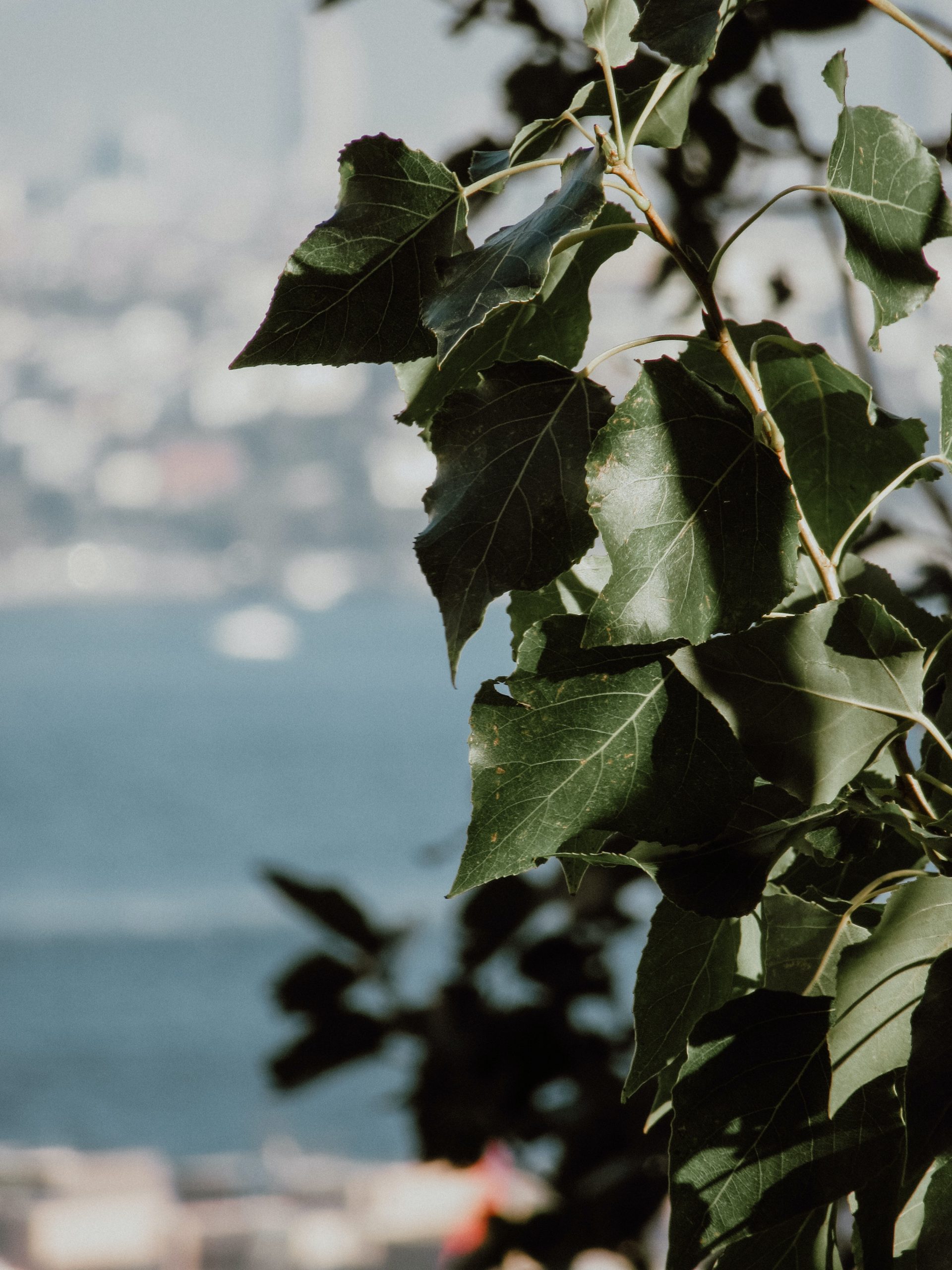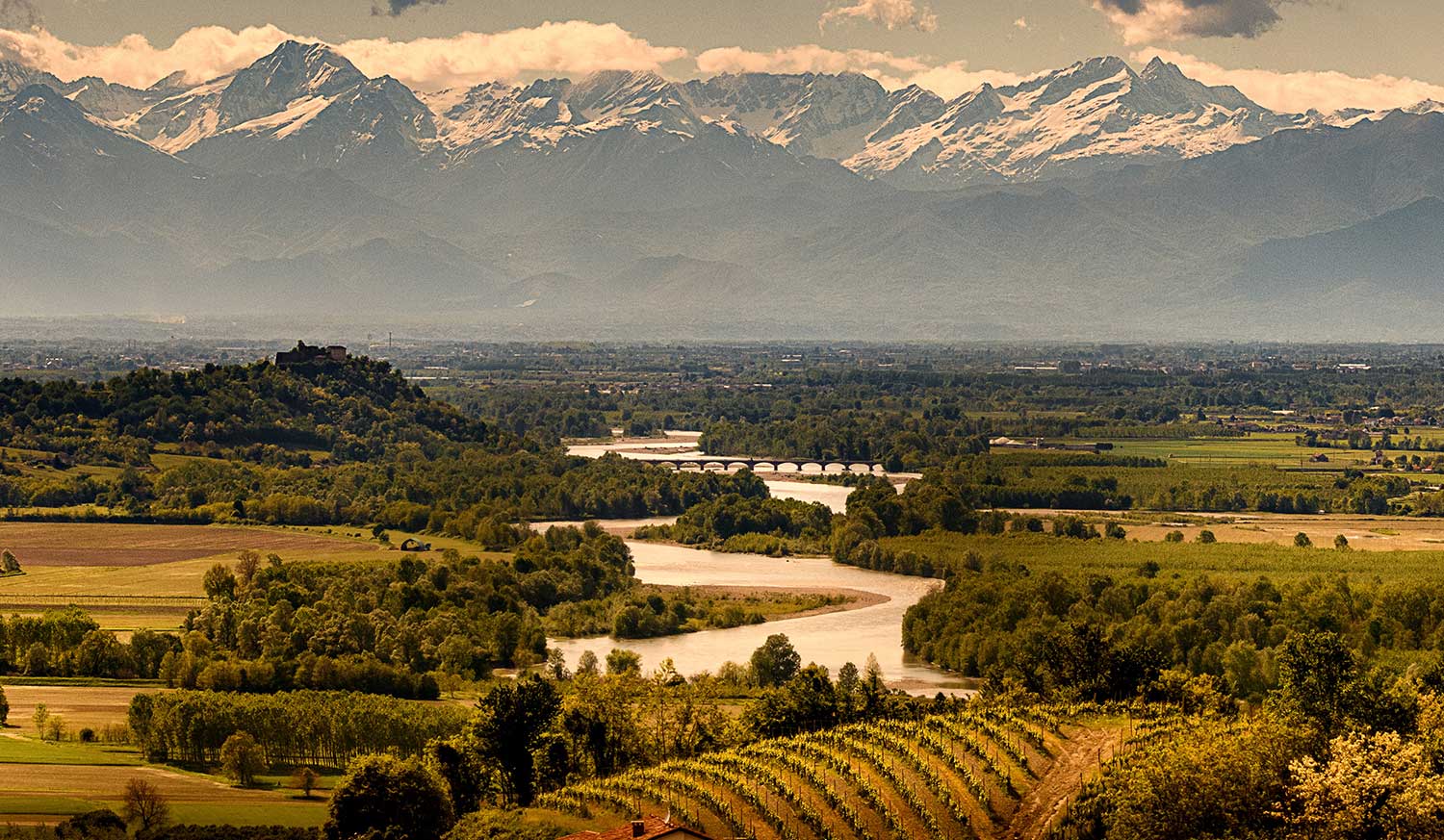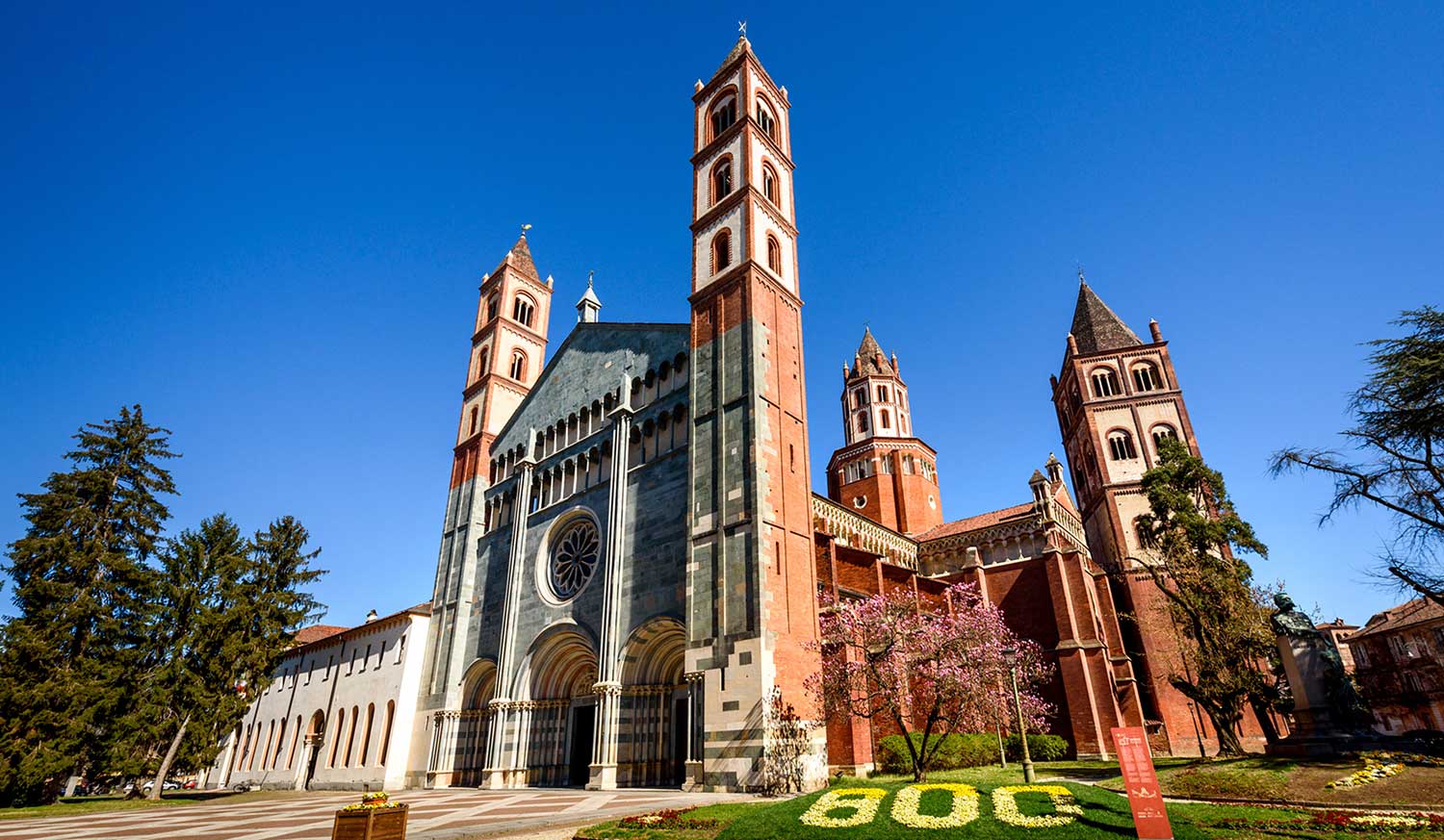
03
RICE LANDS
OF VERCELLI
Parks and Nature Reserves of Vercelli Rise Lands
Protected areas and nature reserves in a cradle of rice fields: explore the natural oases of Vercelli’s rice lands, evidence of the past and important sites for their biodiversity.
THE PIEDMONT PO NATURE PARK
It was established in 2021 with the aim of uniting the individual protected areas along the Po River in Piedmont into a single park. The main feature of the Nature Park is clearly the River Po, the longest and most important river in Italy. In the Vercelli area, the river flows through the municipalities of Crescentino, Fontanetto Po, Palazzolo Vercellese and Trino, a flat area devoted to rice-growing but with a high degree of biodiversity. It borders the Casale hilly area. The protected areas of the Vercelli area are particularly interesting for birdwatchers who can admire numerous colonies of resident birds here.


NATURE PARK OF THE PARTECIPANZA WOOD AND OF VERCELLI
Established in 2021, the Park is located in the southernmost portion of the vast Vercelli rice-growing plain, and consists of three areas that differ from the surrounding area and are a treasure trove of biodiversity. The park includes: the Sorti della Partecipanza Wood of Trino, the last strip of lowland forest on the Po Valley; the San Genuario Marsh Nature Reserve, a wetland environment populated by numerous plant and animal species; and the Giant Fountain of Tricerro Reserve, a marshy habitat that is home to rare plants.
RITANO ISLAND NATURE RESERVE
The site is located along the stretch of the Dora Baltea river that flows by the town of Saluggia, and includes the Ritano island as well as the river banks. Its impressive naturalistic environments distinguish it from the rest of the surrounding area, elevating it to the standard of an “ecological island”. Ritano island is interesting in terms of nature, as vegetation grows wild with riparian and invasive species, such as oak, black locust, poplar, willow, elder and alder. From a historical and architectural perspective, the impressive 19th century hydraulic engineering works of the Farini and Scolmatore Canal Intakes are worth mentioning within the reserve. The latter, also known as the Canale Sussidiario, was built in the 19th century as part of the grandiose irrigation system for the rice fields that had the Cavour Canal as its main source.

MANAGEMENT AUTHORITY OF THE PO PIEDMONTESE PROTECTED AREAS

Plan your holiday
Where to eat, where to sleep, how to get around: plan your trip to Valsesia and Vercelli!









































